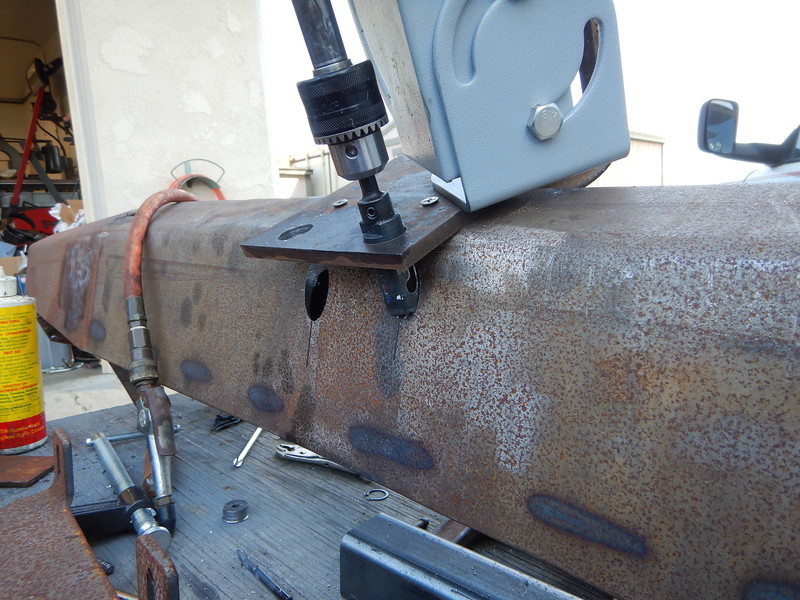Hey all, I'm terrible at drilling. I don't know what it is, but I tend to just kill drill bits. I see fab shops on youtube just chuck in a bit, hit the drill at full speed and go through 1/4" mild steel like it's nothing. Nope, not me. I end up with a smoldering hot divot and a dull bit.
What am I doing wrong? And which drill bits should I be buying for this? I have an old grill guard for my Suburban that I'm going to turn into a winch mount, but the holes on the frame don't line up (different year) so I will have to drill out new holes in the frame. I'm guessing those are 5/8" bolts. Plus, I want to be able to do this reliably without screwing things up every time!
Thanks for any help. Also, hello again IH8MUD. Been a long time since I posted
What am I doing wrong? And which drill bits should I be buying for this? I have an old grill guard for my Suburban that I'm going to turn into a winch mount, but the holes on the frame don't line up (different year) so I will have to drill out new holes in the frame. I'm guessing those are 5/8" bolts. Plus, I want to be able to do this reliably without screwing things up every time!
Thanks for any help. Also, hello again IH8MUD. Been a long time since I posted

